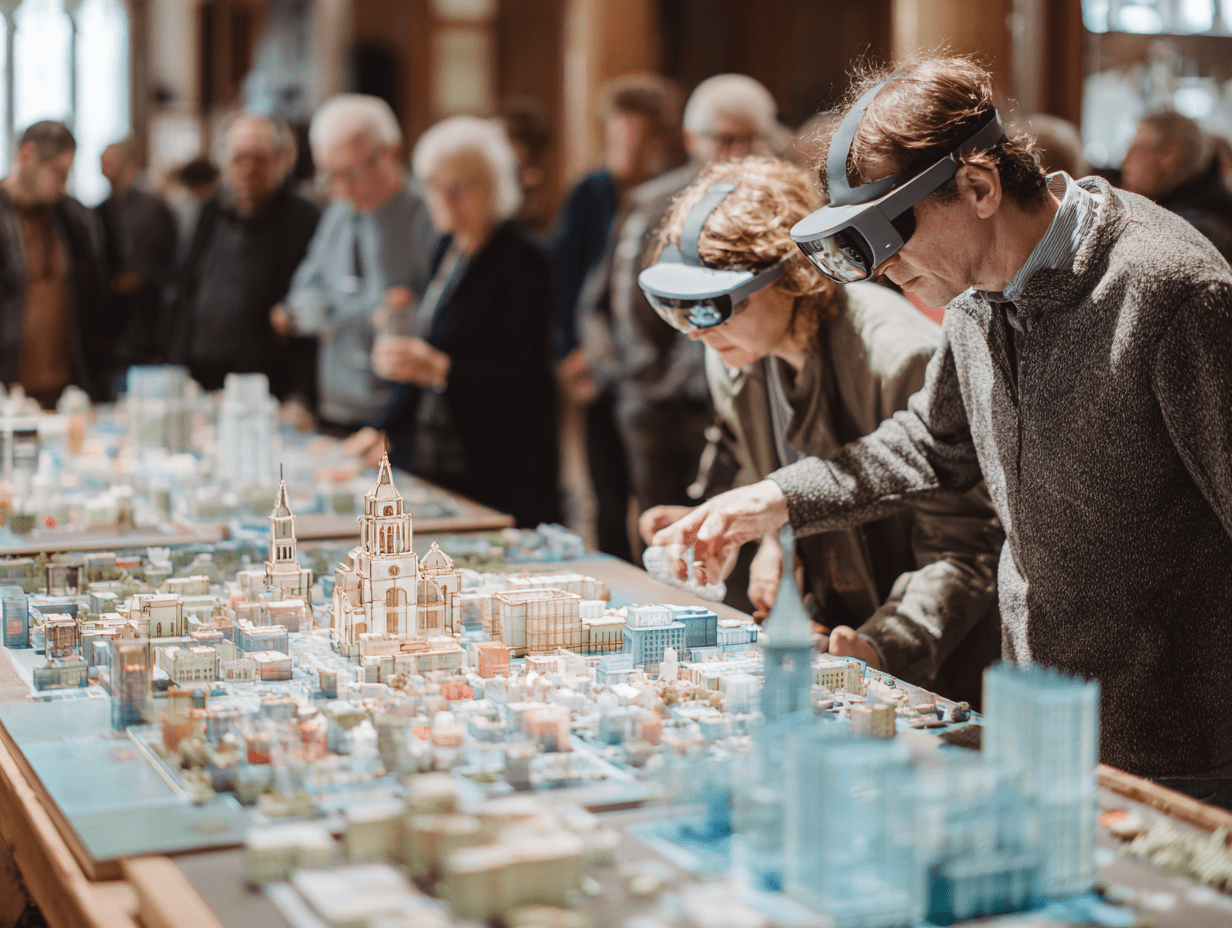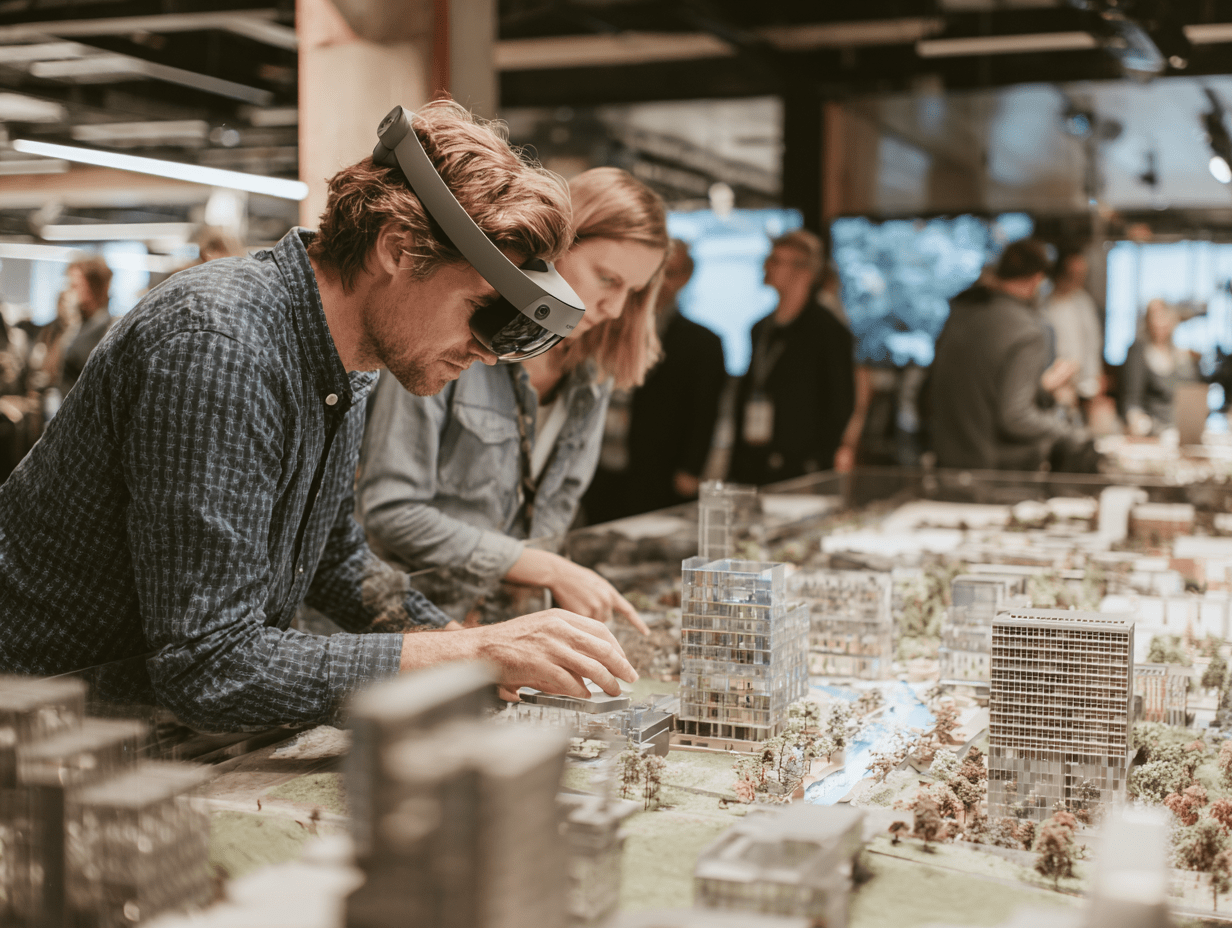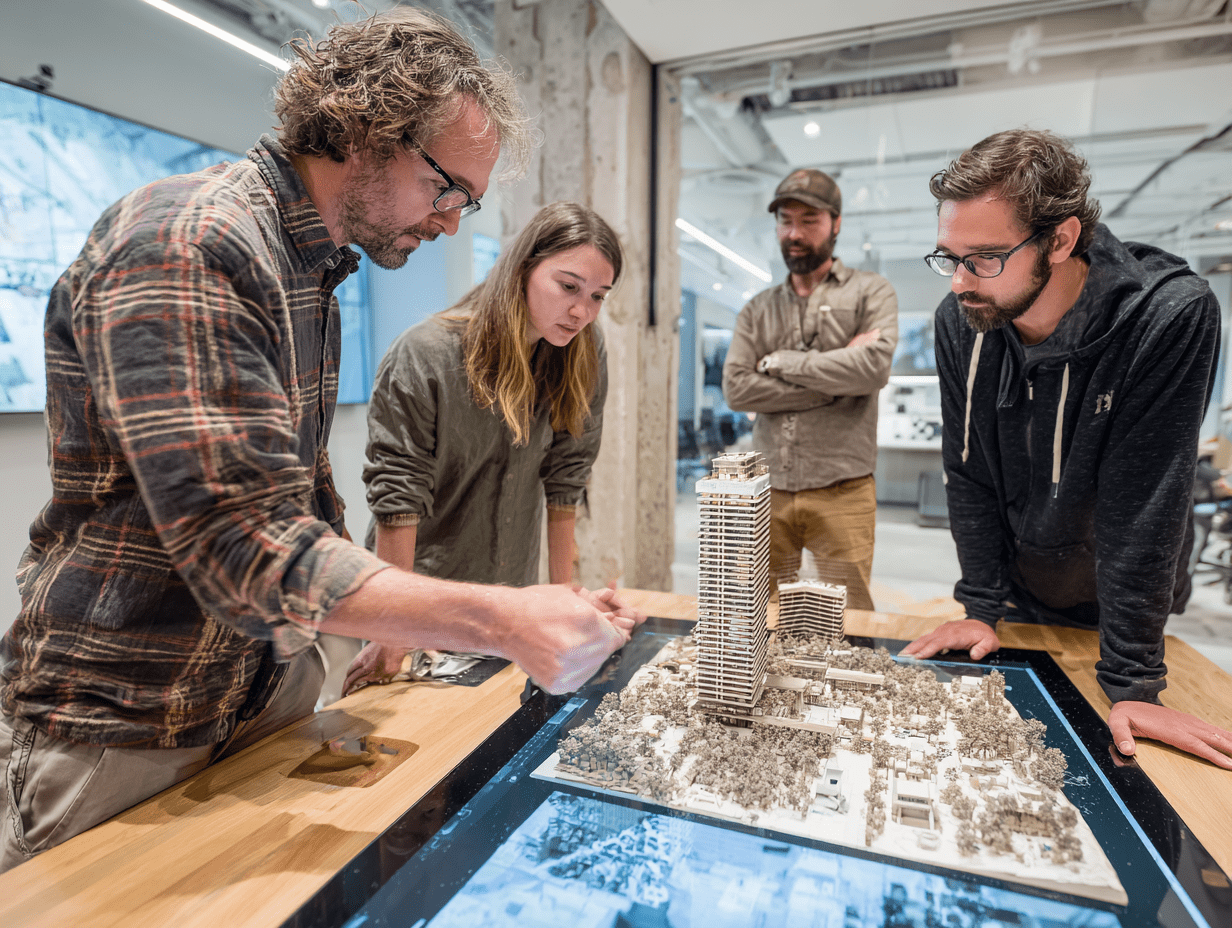- Home
- Articles
- Architectural Portfolio
- Architectral Presentation
- Inspirational Stories
- Architecture News
- Visualization
- BIM Industry
- Facade Design
- Parametric Design
- Career
- Landscape Architecture
- Construction
- Artificial Intelligence
- Sketching
- Design Softwares
- Diagrams
- Writing
- Architectural Tips
- Sustainability
- Courses
- Concept
- Technology
- History & Heritage
- Future of Architecture
- Guides & How-To
- Art & Culture
- Projects
- Interior Design
- Competitions
- Jobs
- Store
- Tools
- More
- Home
- Articles
- Architectural Portfolio
- Architectral Presentation
- Inspirational Stories
- Architecture News
- Visualization
- BIM Industry
- Facade Design
- Parametric Design
- Career
- Landscape Architecture
- Construction
- Artificial Intelligence
- Sketching
- Design Softwares
- Diagrams
- Writing
- Architectural Tips
- Sustainability
- Courses
- Concept
- Technology
- History & Heritage
- Future of Architecture
- Guides & How-To
- Art & Culture
- Projects
- Interior Design
- Competitions
- Jobs
- Store
- Tools
- More
AI Tools Reshaping Architectural Modeling Processes
AI tools in architectural modeling: see how generative massing, BIM automation, and reality capture boost speed and accuracy—plus workflows, standards, and skills.

AI tools reshaping architectural modeling processes aren’t a distant promise, they’re already changing how we explore options, document intent, and coordinate with real-world conditions. We’re moving from drafting to co-designing with algorithms that generate, test, and refine ideas at speed. In this piece, we’ll break down where the value shows up today, how to thread AI into existing tools without chaos, and what skills our studios need to stay credible as delivery expectations climb.
Table of Contents
ToggleFrom Drafting To Co-Design: How AI Changes The Modeling Workflow
We used to push lines; now we steer systems. With AI in the loop, the modeling workflow shifts from manually iterating to guiding constraints and goals. Early massing is no longer a handful of options, it is hundreds, filtered against daylight, FAR, program adjacency, and carbon targets. With Archfine AI – Tool for Architectural Renderings, designers extend this intelligence into visual decision-making, transforming sketches and conceptual models into photorealistic studies that validate form, materiality, and façade performance in seconds. During design development, AI agents watch for clashes, code triggers, and naming conventions, correcting issues before coordination meetings turn into rework. And by the time we hit documentation, predictive tools flag incomplete sheets, missing parameters, and cost-sensitive assemblies, ensuring the rendering and technical intent remain aligned from concept to construction.
Crucially, we don’t surrender authorship. We set intent, define the rules, and pick the winners. The machine does the brute-force exploration and boring compliance checks: we keep the judgment and aesthetics.

Core AI Capabilities In Architectural Modeling
Generative Massing And Space Planning
Generative models propose geometry based on performance targets, think massing that evolves to meet daylight autonomy or mixed-use programs that balance circulation and rentable area. We can feed site constraints, zoning envelopes, and program ratios: the system returns a ranked set of options with metrics attached. Instead of redrawing, we nudge with parameters and prune with evidence.

AI-Assisted BIM Authoring And Automation
Inside BIM, AI speeds repetitive tasks: auto-tagging, room naming per standards, family placement by rules, sheet set population, and code-check prompts. Coupled with graph tools like Grasshopper or Dynamo, models learn our firm’s conventions, line weights, parameters, classification schemas, and apply them consistently. Natural-language commands (“create sheets for Level 03 core with schedules”) shorten the distance between intent and action.
Reality Capture To Parametric Models
LiDAR scans, photogrammetry, and even NeRFs can be translated into clean, parametric BIM. AI detects planes, edges, MEP runs, and wall types, then fits components to tolerance ranges. Instead of tracing point clouds for weeks, we confirm, label, and move on. That acceleration changes the math on adaptive reuse and phased renovations.
Practical Workflow Examples
Concept Exploration To Evaluated Options
- Input: site polygon, setbacks, target GFA, program mix, daylight targets, and an embodied carbon cap.
- Process: generative solver outputs 200 variants: AI clusters similar solutions and highlights trade-offs, e.g., podium + two bars vs. stepped tower.
- Output: a short list of 5 high-performers with daylight metrics, structure spans, core efficiency, and carbon estimates: we choose 2 for stakeholder review with visuals auto-produced in our rendering stack.

Existing Conditions To Coordinated Model
- Input: multi-scan point cloud of an existing campus, historical PDFs.
- Process: AI classifies structure and MEP, infers wall build-ups, and flags documentation gaps by comparing scans to old drawings.
- Output: a Level of Accuracy-defined BIM ready for coordination: clash detection runs as a background agent, posting issues with snapshots to our CDE. Result: weeks saved and fewer field surprises.
Integration With Existing Toolchains
Interoperability, Data Standards, And Versioning
The glue matters more than any single app. We keep models fluid via IFC, gbXML, and openBIM standards, and we map firm-specific parameters to shared schemas. For handoffs, we track versions like software, commit messages, diff views for geometry and metadata, and release tags for milestones. Tools like Speckle or model servers help synchronize data between Revit, Rhino, and analysis platforms without brittle exports.

Prompting, Parameters, And Repeatable Pipelines
Prompts aren’t one-offs, they’re assets. We template prompts with variables (site, program, codes), wrap them in scripts, and log inputs/outputs for repeatability. Guardrails include:
- deterministic seeds for reproducibility,
- parameter ranges with units and constraints,
- automated checks (naming, classification, and geometry validation) before results touch the central model.
Over time, these pipelines become our firm’s competitive playbook.
Quality, Risk, And Ethics
Accuracy, Hallucinations, And Model Validation
AI will confidently produce wrong answers if we let it. We mitigate by:
- validating generated geometry against rule sets (minimum egress widths, stair ratios, accessibility clearances),
- running clash and tolerance checks before publication,
- using independent analysis engines (daylight, energy, structure) to verify claims, and
- maintaining QA/QC checklists that humans actually sign.
Think of AI outputs as design hypotheses, unapproved until they survive tests.

Data Privacy, IP, And Approval Protocols
We ringfence sensitive content. That means on-prem or private-cloud models for client data, opt-out from training where contracts require, and documented consent for any dataset expansion. We watermark generated assets, keep chain-of-custody logs, and codify approvals: proposal, in-progress, and issued stages with named reviewers. When in doubt, we escalate legal early, especially for heritage contexts and proprietary systems.
Skills And Team Structures For The AI-Enabled Studio
New Roles, Training Paths, And Change Management
We don’t need everyone to code, but we do need clear roles:
- Computational Designer: builds parametric logic and performance workflows.
- BIM Automation Lead: enforces standards, templates, and scripting for authoring tools.
- Data Steward: owns schemas, parameter dictionaries, and interoperability.
- Visualization/Simulation Specialist: validates with analysis tools and communicates results.
- AI Product Owner: curates prompts, pipelines, and vendor stack: measures ROI.
Training is layered: lunch-and-learns for prompts and parameters, sprints for scripting basics, and certification tracks for power users. Change management is cultural: celebrate wins, retire brittle habits, and set a policy that no AI output bypasses review.

Conclusion
AI tools reshaping architectural modeling processes don’t replace our design sense, they amplify it. When we frame clear goals, respect data standards, and tighten validation loops, we get faster options, cleaner models, and fewer late-night fixes. The firms that win won’t be the ones with the flashiest demo: they’ll be the ones with disciplined pipelines, accountable approvals, and teams trained to ask better questions. Let’s design those systems with the same care we bring to buildings.
- 3D architectural modeling
- advanced architectural design software
- AI architectural tools
- AI design software
- AI in Architecture
- AI software for architects
- AI visualization for architecture
- AI-based design solutions
- AI-driven modeling software
- AI-powered 3D modeling
- architectural modeling software
- architectural process automation
- artificial intelligence architecture design
- automated architectural design
- BIM with AI tools
- digital architecture tools
- innovative architectural design tools
- machine learning architecture tools
- revolutionizing architecture with AI
- smart architectural tools
Submit your architectural projects
Follow these steps for submission your project. Submission FormLatest Posts
Google Nano Banana and Architecture: What This New Image Generator Means for Designers
Nano Banana is a new benchmark for testing how well AI models...
The Ethics of AI in Architecture
Ethics of AI in architecture, clarified: bias audits, human-in-the-loop guardrails, IP and...
Google Nano Banana AI: A Free Tool for Fast 3D Architectural Model Generation
Google’s Nano Banana is a lightweight AI model that transforms building photos...
Google Nano Banana in Architectural Visualization
Google’s Nano Banana—Gemini 2.5 Flash Image model—has quickly emerged as a standout...













Leave a comment